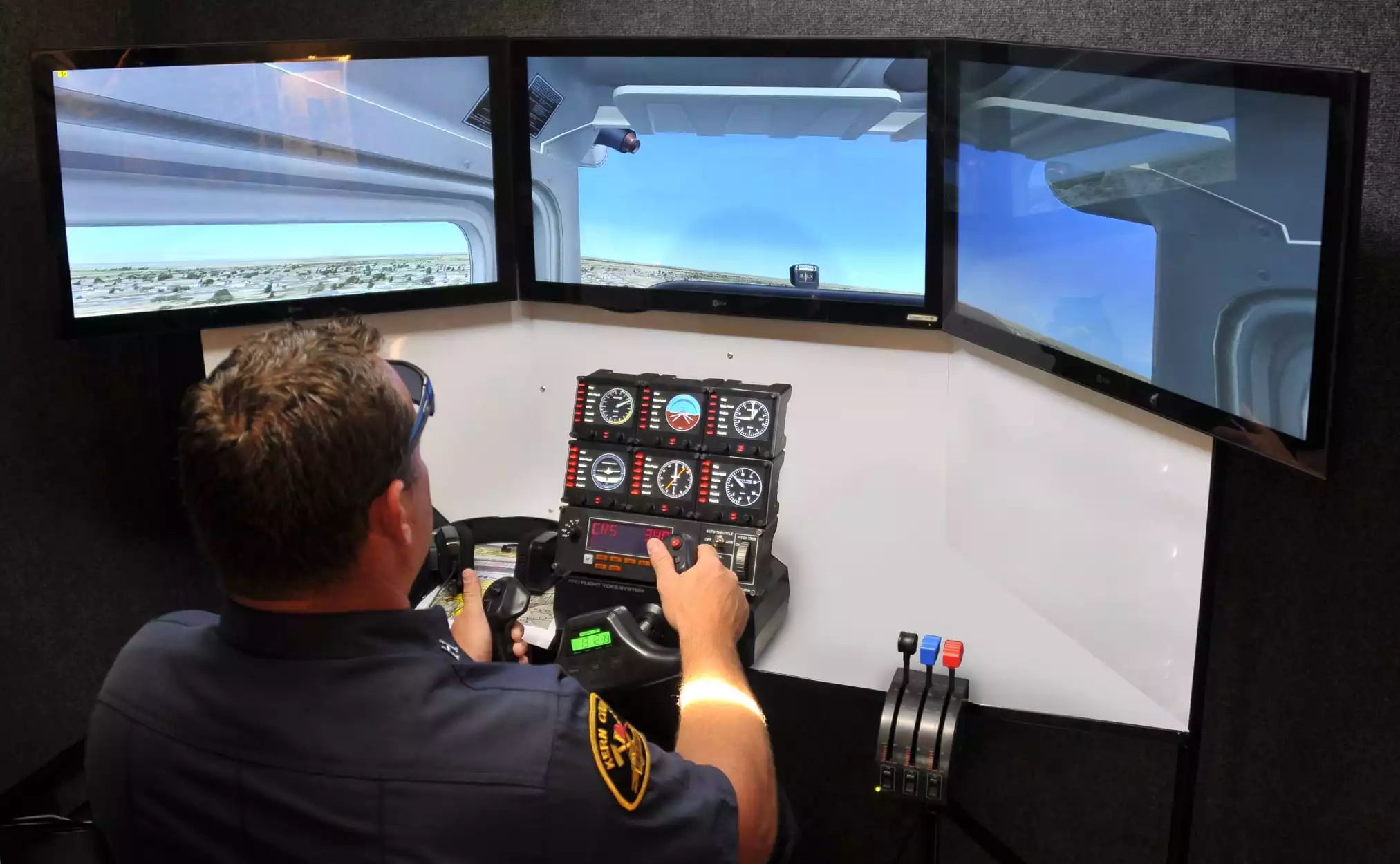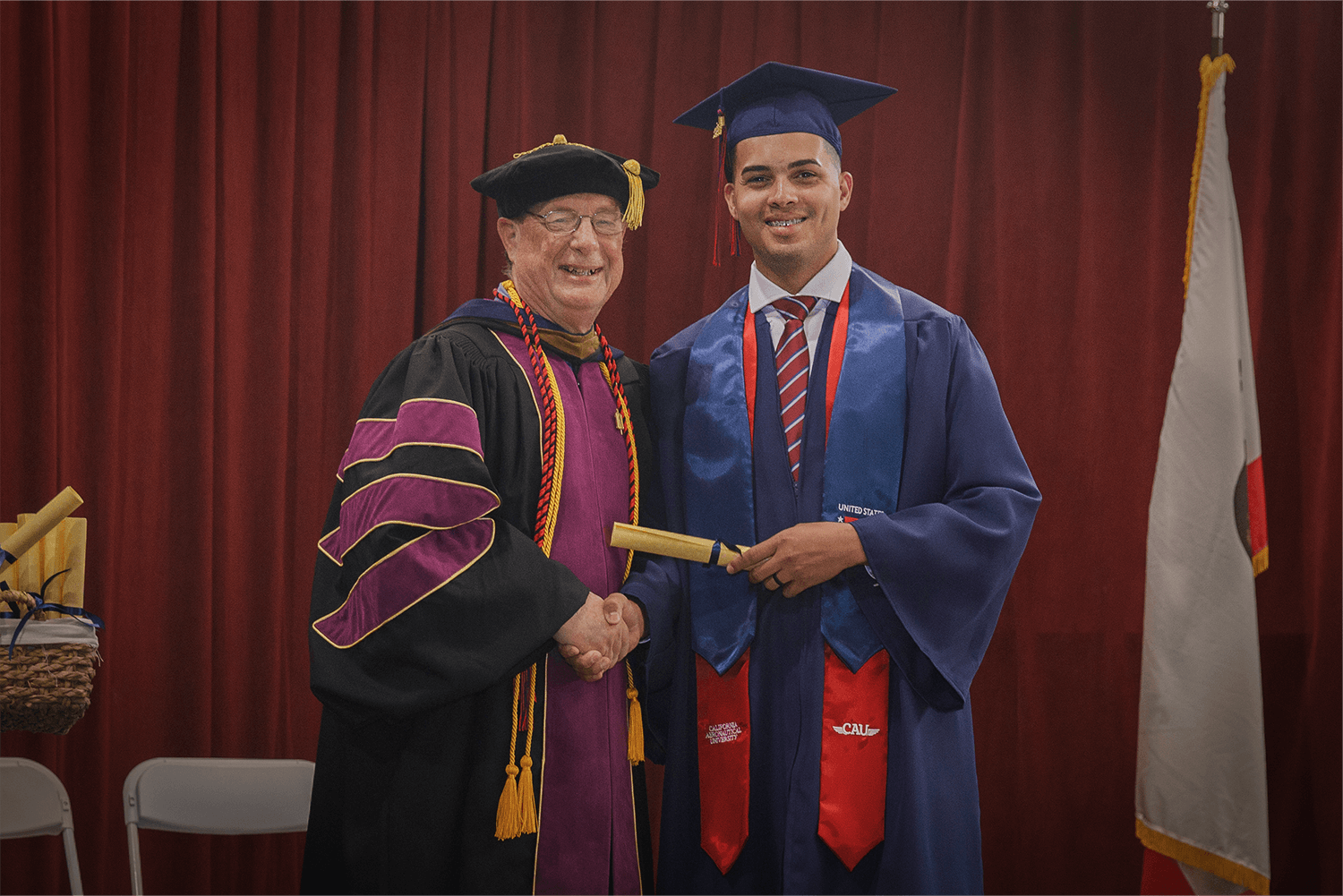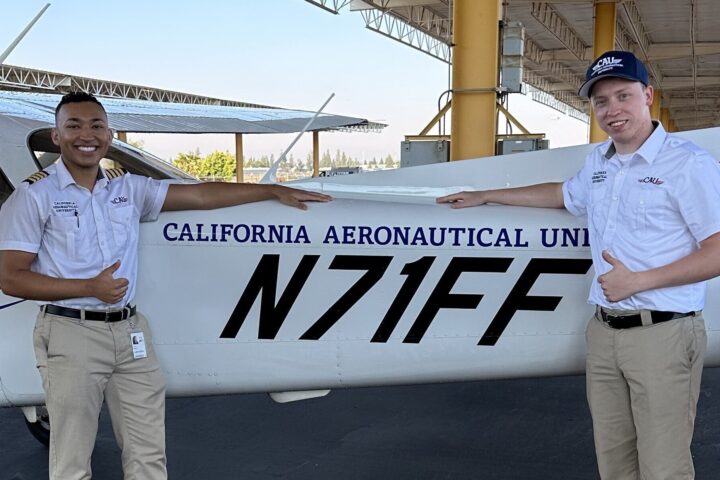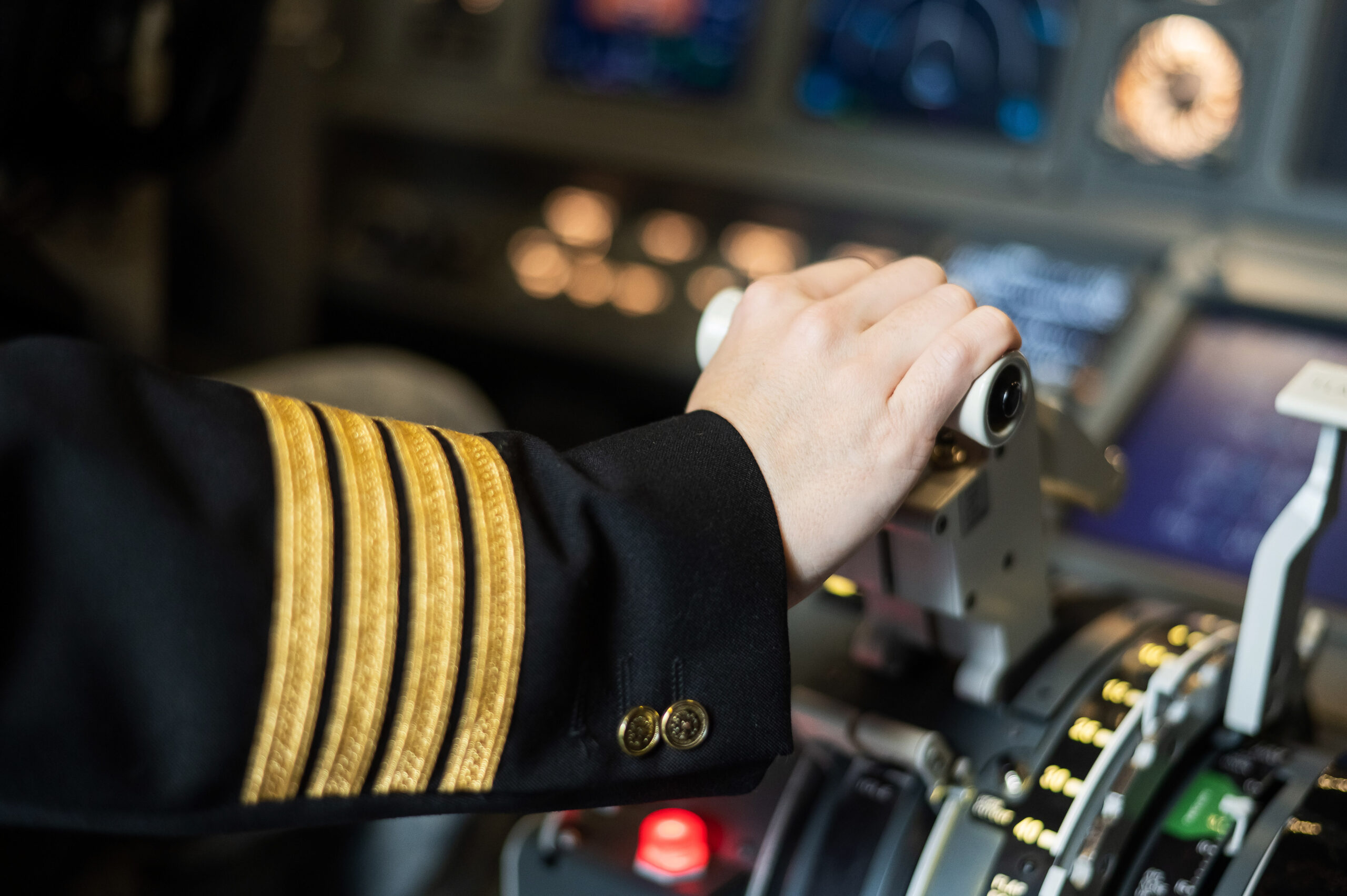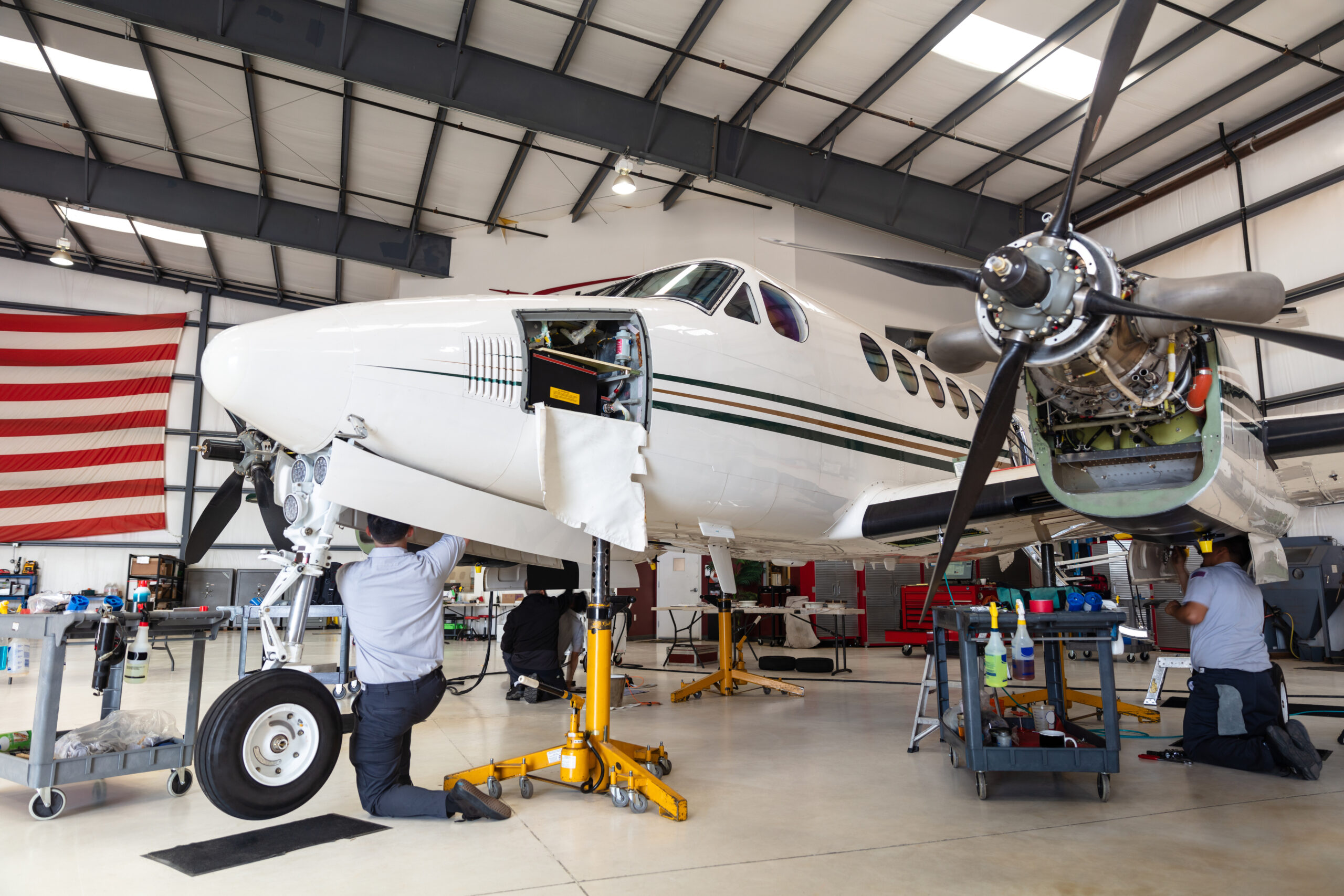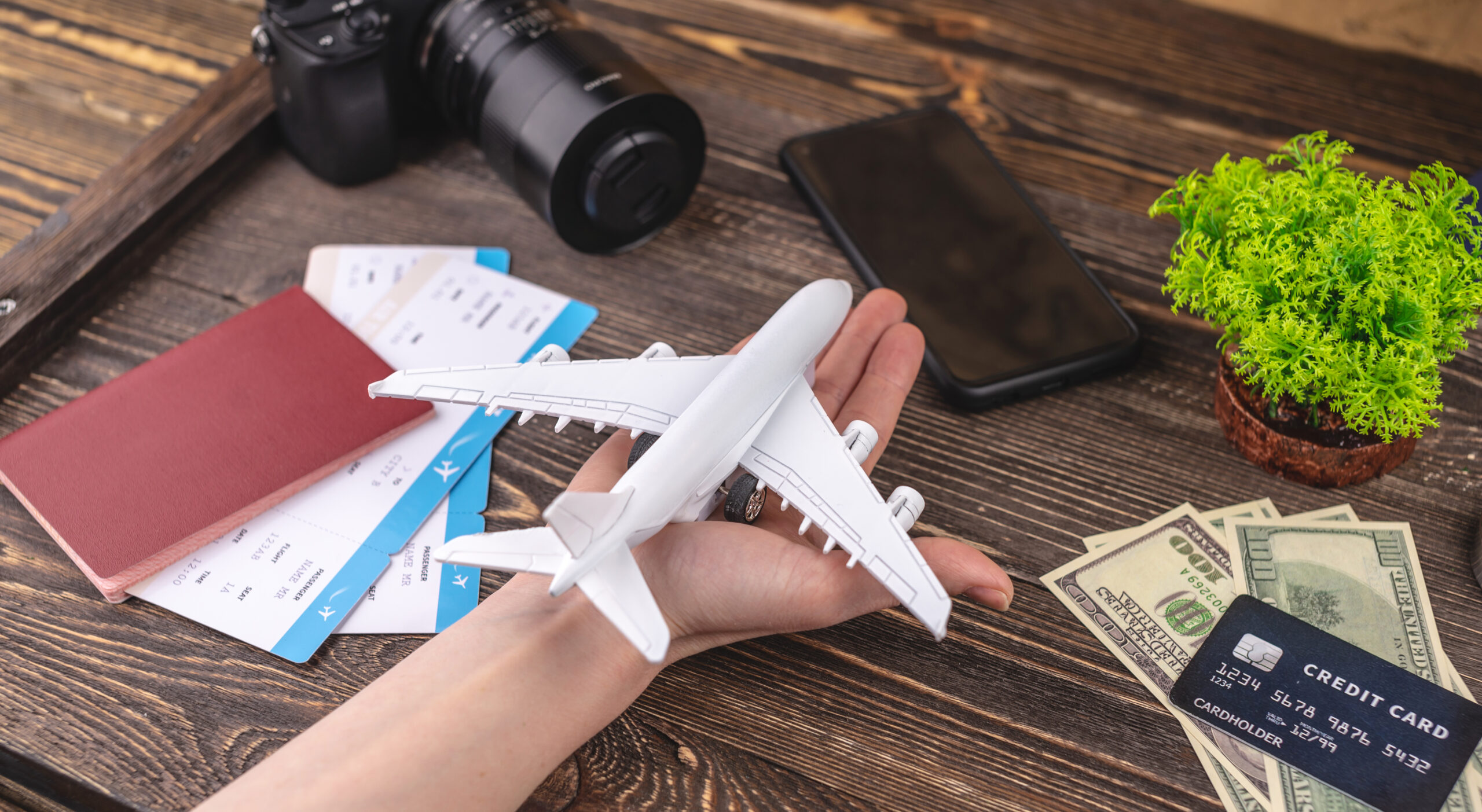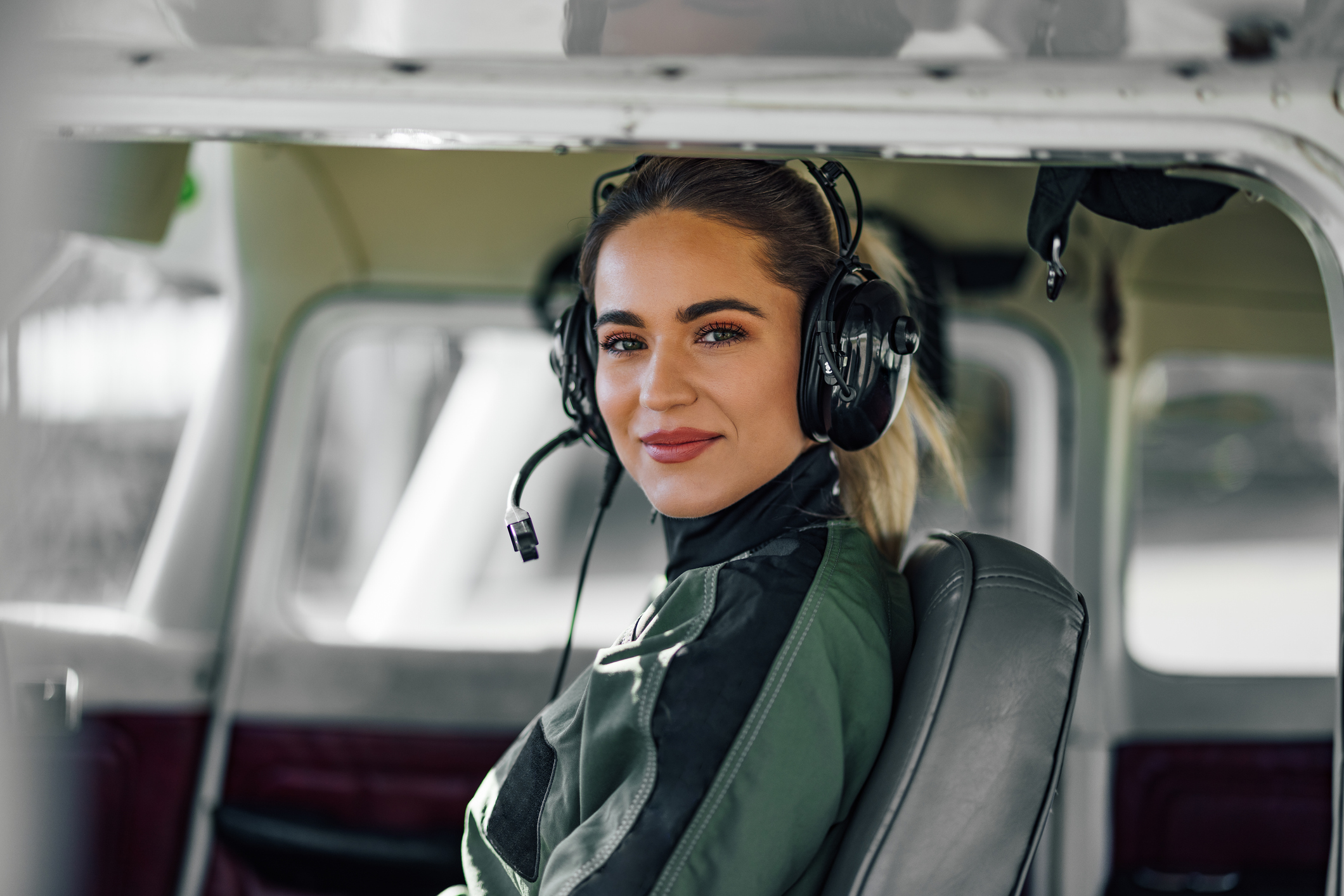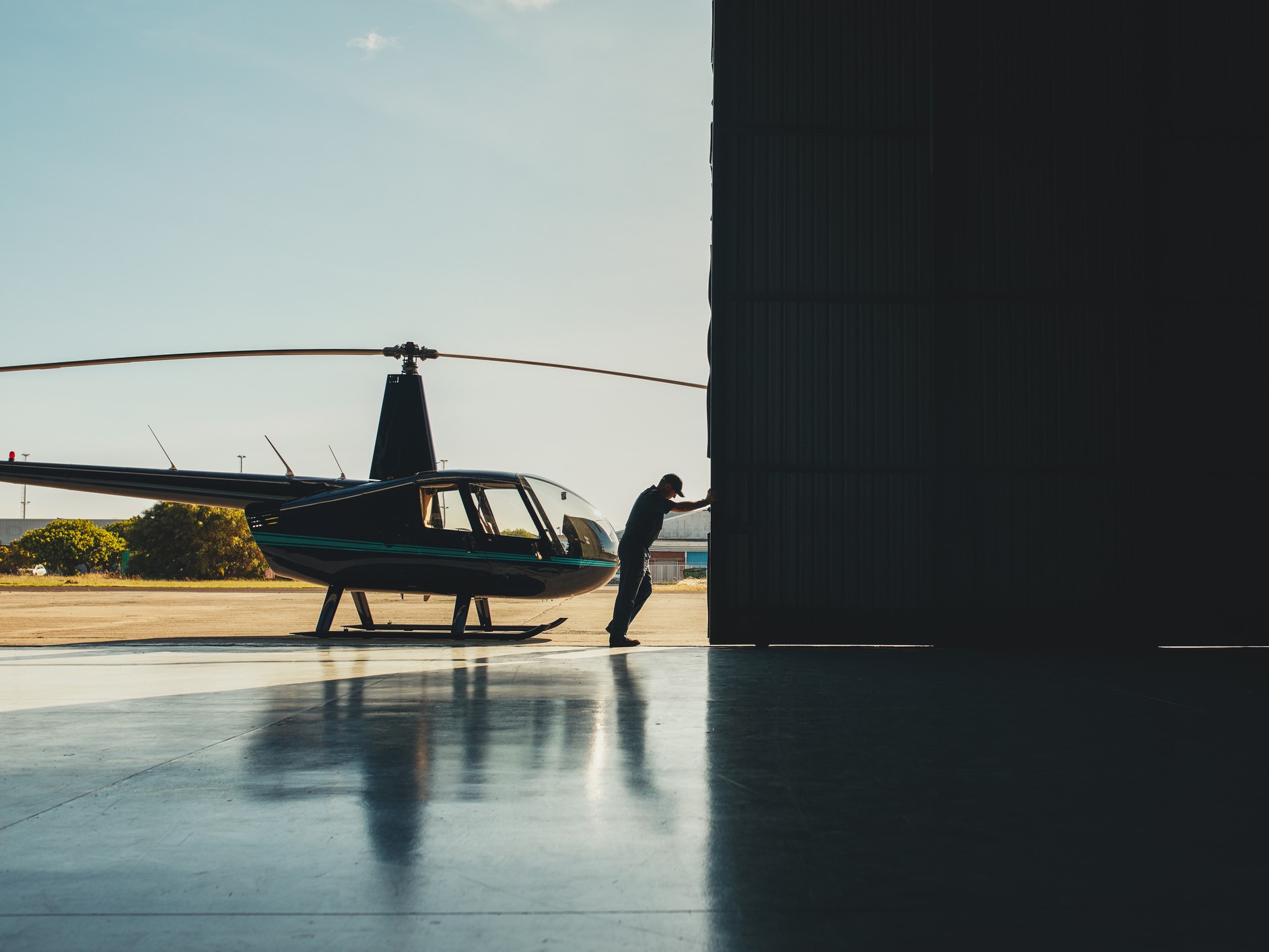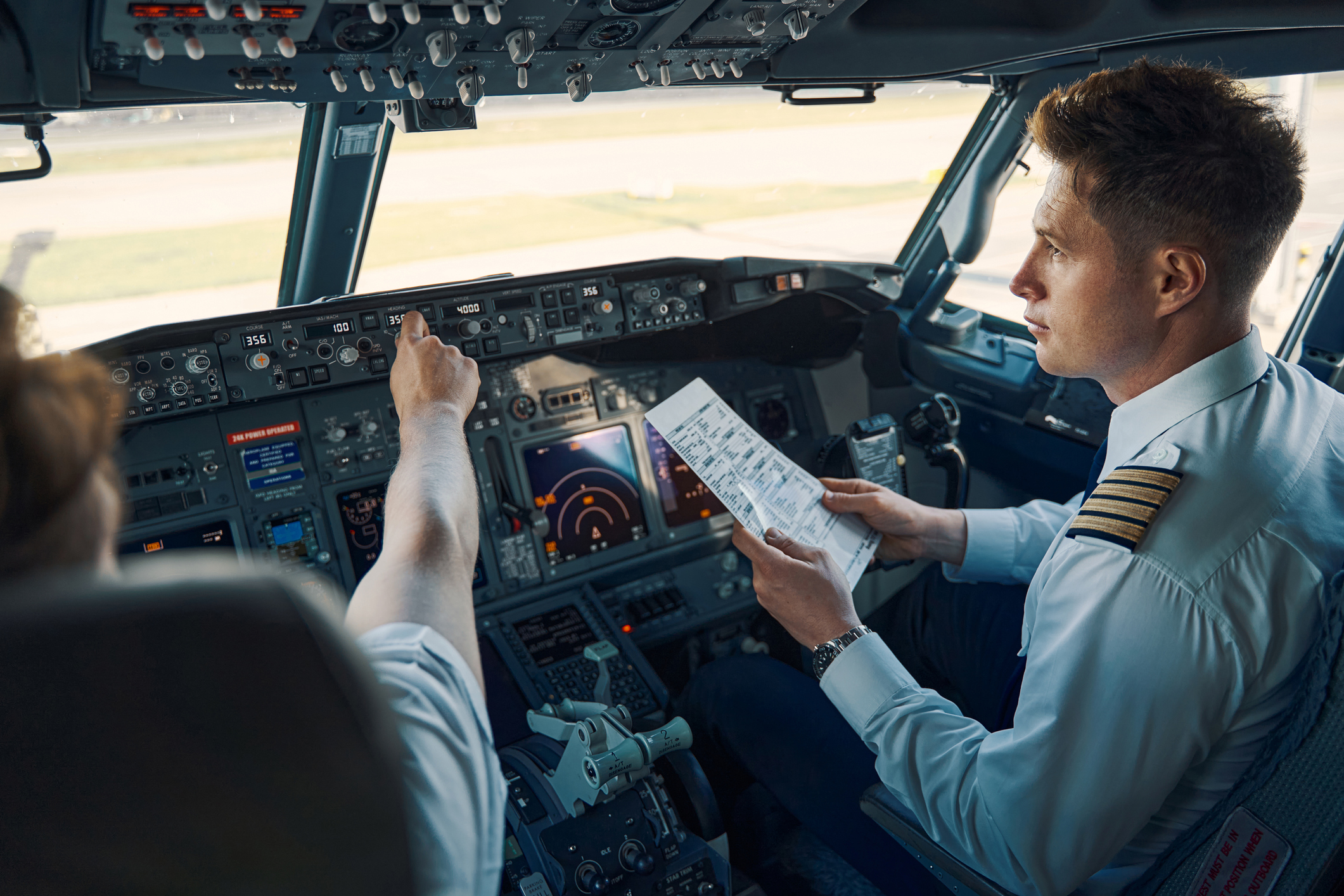Flight simulator training is a valuable tool that students can utilize to build flight time, improve technique, and learn valuable lessons.
Many student pilots are surprised to learn that they can add hours to their flight time without ever leaving the ground. Although it does not count as pilot in command time, flight simulator training is valuable to new as well as veteran pilots. Sim time counts as training time even when it does not contribute to a pilot’s total time. Technological advances means that pilots can now work toward private certificates and even gain currency while working in a simulator.
With high-quality graphics available in consumers’ living rooms for gaming purposes, simulators in flight schools and aviation universities are now incredibly realistic. Desktop simulators, complete with specialized chairs and aircraft yokes, are now also available for students to test their proficiency skills at home.
Flight Simulator Training with Redbird and Frasca
One of the newest professional simulators on the market is the Redbird line. Redbird simulators have revolutionized motion simulators and offer excellent training and a realistic piloting experience. The MCX device for example, provides full motion simulation, dual yoke, rudders, and a cockpit with even a Garmin G-1000 GPS device. The SD 172 single control flight training device is not full motion, but it provides a full enclosure environment with a single yoke and rudder, which can deliver a realistic training platform.
Trainers provided by Frasca International are some of the most popular and respected on the market. Pilots preparing for a multi-engine flight training can also benefit from a Frasca Barron 58P, which permits either the instructor or student to control the simulator. The Frasca Barron 58P offers a similar training experience to the SD 172 device.
In addition to the enjoyable experience of “flying” simulators, sim training offers the following advantages over more traditional methods.
1) You Can “Fly” in Any Weather
Private and student pilots are restricted as to the kinds of weather in which they can fly. Flight simulator training provides the ability to train no matter the weather, time, or season. Day or night, rain or shine, students and pilots in need of a refresher can climb into a simulator and learn more about how to efficiently and safely control an airplane.
Students who are earning their instrument rating sometimes have the opposite problem of student and new private pilots. The instrument rating permits pilots to fly in inclement weather and past sunset or before dawn. However, sometimes the weather doesn’t cooperate when the pilot wants to practice flying only while looking at cockpit instruments. Therefore, the Federal Aviation Administration (FAA) allows pilots working on their instrument rating to apply some simulator sessions to their training time.
2) You Can Try That Again
Flight students who are struggling with certain maneuvers can spend extra time refining their skills in a simulator. This means that student pilots can develop the muscle memory and finely tuned motor skills that allow them to undertake certain motions quickly and almost by instinct. This ability to practice fast decision-making together with applied aviation knowledge can increase a new pilot’s confidence.
In addition, flight simulator training can create specific conditions which might be difficult to replicate in an actual airplane. A student who struggled with decision making as storm clouds loom does not have to wait or take a chance of marginal weather in a simulator. It can be calibrated to recreate the exact conditions a student needs, down to runway layouts and topography features.
Learning how to fly at an institution that offers flight simulator training is more flexible than those which do not offer sim time. For example, if an instructor determines that weather is marginal for a flight, the student can still gain experience virtually.

3) Reduced Cost
Student pilots can try certain maneuvers and skills repeatedly in an actual airplane. While this provides valuable real world experience, it takes far longer than in a simulator, and is usually much more expensive. For instance, a student who is practicing landings can simply reset to final approach in seconds rather than taking the time to go back around through the airport’s landing pattern. This requires time as well as valuable fuel. It also lowers flight instructor fees, insurance, and maintenance costs.
Flight simulator training allow students who are learning to fly under financial pressure to take extra time to sharpen their skills in a more low-cost environment. Although they are still on the ground, students can rehearse speaking to air traffic control, how to communicate with other pilots, and practice the order of operations of starting their flight, all without ever leaving the ground.
4) Safe Environment to Rehearse Emergency Procedures
Students who learn to fly partially in a simulator are granted the opportunity to learn standard aviation procedures in a safe environment. Although there is no match for feeling actual airplane controls and working with spatial relationships in the air, students who are initially overwhelmed by the work of flying can gain exposure, experience, and confidence in a simulator without any physical consequences.
In the same way, pilots can practice emergency procedures in a simulator without the confusion and anxiety that can often accompany a life and death situation. In simulator sessions, students learn what to do with an engine fire without the intense stress of actually experiencing the fire. They can practice depressurization events over and over without worrying about oxygen levels.
Flight simulator training can help pilots develop muscle memory in a wide variety of situations. Pilots can practice working with control malfunctions without concern that they will be unable to control the airplane in actual flight. Those learning to fly in sunny areas can practice learning how to work with ice and snow; those piloting in usually calm and dry weather pilots might attempt some simulations in heavy rain.
Some might state there is no way to truly simulate the adrenaline surge of an actual emergency. But sometimes adrenaline can create adverse reactions such as a racing heartbeat, shaking hands, and an inability to think clearly. Repetition in a simulator can counter these effects and in an actual emergency, the pilot will know what to do.
Ready to soar in your aviation career?

Tamu Smith-Kohls serves as the Vice President of Enrollment Management and Marketing for California Aeronautical University. She has worked in the aviation industry in various roles for 24 years. As a United States Air Force retired veteran, she has a unique appreciation for the aviation industry. Tamu has served in Information Systems as a Network Administrator, Aerospace Flight Medicine as a Health Services Manager, and Air Force Recruitment and Marketing. She holds an undergraduate degree in Psychology; a Master’s in Business Administration and is a Certified Neuro Linguistic Practitioner. Her passion is motivating, training, coaching and serving others to reach their best potential.
